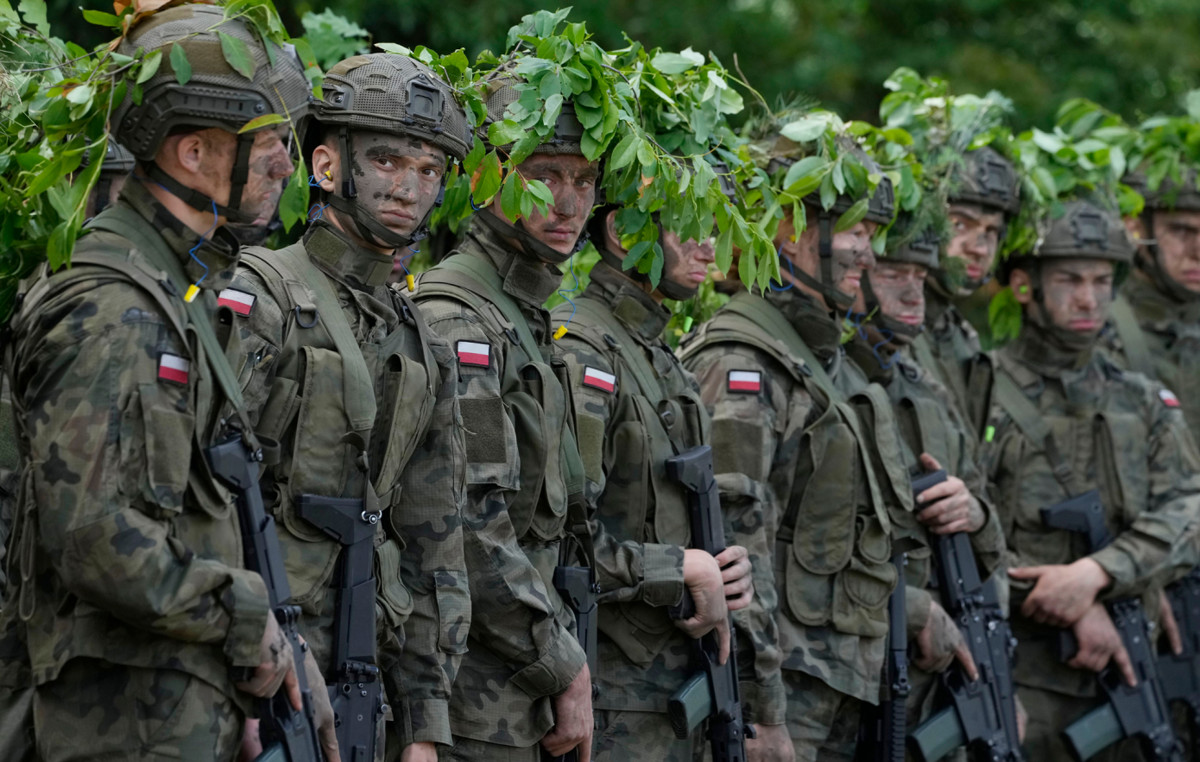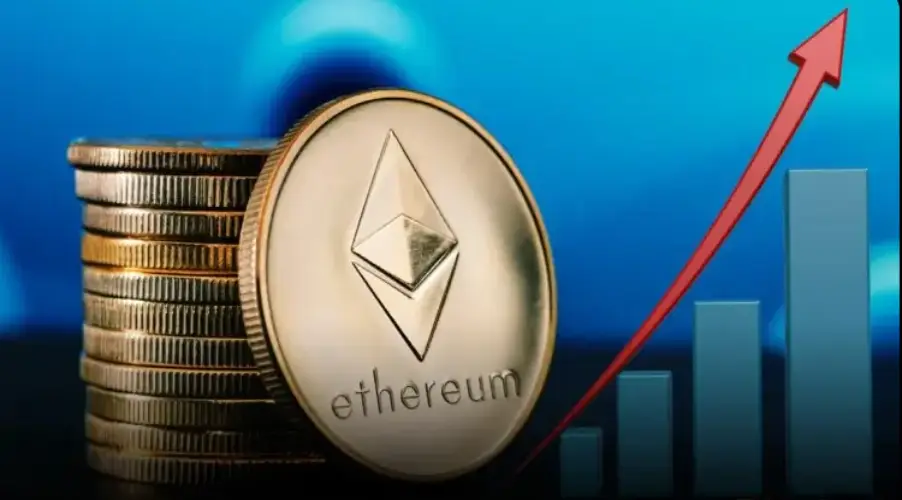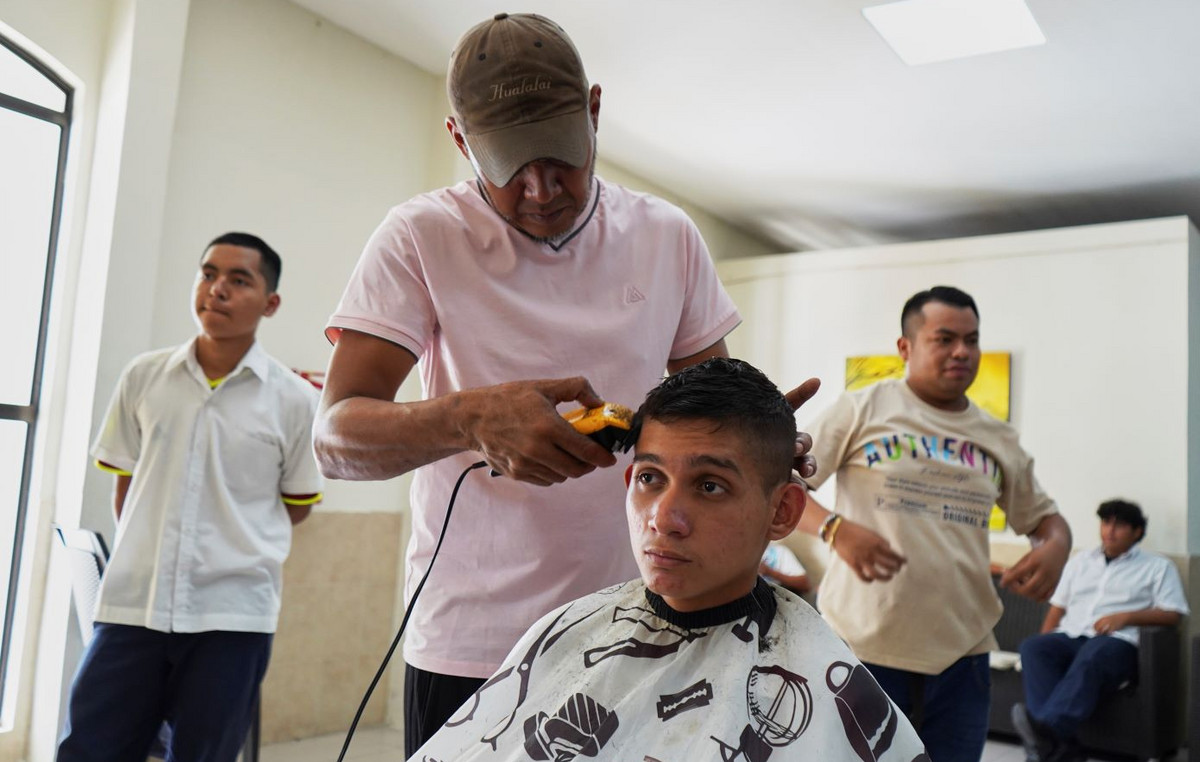The countries of the BRICS, aspiring to challenge the dominance of the post-war Western global economic model. The debate is not new, however how (more) likely is the success of the developing country venture based on existing conditions and the changing geopolitical and geoeconomic environment?
In the summer of 1944, at the conference held in Bretton Woods, New Hampshire, United States, the victorious powers of the Second World War, the USA and Britain, shaped – and defined – the post-war global economic governance and the model of multilateralism that would embody the liberal economic order on the planet to this day.
Eight decades later, a few years after the global financial crisis and – more recently – the outbreak of the COVID-19 pandemic and the raging war in Ukraine, the BRICS (from the acronym of the founding states of Brazil, Russia, India, China and South Africa) aspire to establish an alternative system of economic governance. A framework with corresponding institutional financing and development arms, on the model of the World Bank and the International Monetary Fund. The New Development Bank (NDB) was founded in 2014 by the BRICS countries with the aim of assuming this institutional role.
The mark of the intentions and medium-long-term goals of the BRICS gave the head of the NDB, former President of Brazil, Dilma Rousseff, during her speech at the opening of the Bank’s 8th annual meeting in Shanghai, emphasizing that “NDB’s strategic objective is to be the leading development bank for emerging markets and developing countries”. In this context, NDB’s goal is to expand its influence through the increase of its members and also of cooperating financial institutions (e.g. development banks and agencies).
The axes of the BRICS strategy: Enlargement and common currency
From the beginning, the goal of BRICS is to “represent” the countries of the Global South, financing the developing economies and emerging markets. Axes of this strategy in the current situation are a) the expansion of BRICS members and their development bank and b) the introduction of a common monetary system against the US dollar.
Enlargement and attracting more and more allied countries are “keys” to strengthening the bloc of countries, which today account for over 41% of the world’s population (over 3.2 billion people). Fermentations in this direction are more than intense. About 20 countries have expressed interest in joining the BRICS, including Saudi Arabia, Iran and Argentina.
Riyadh, a traditional ally of the United States and the West, also a member of OPEC – the contacts with which it confirmed Russian Foreign Minister Sergei Lavrov – could be a key addition to the BRICS bloc. Bangladesh, the United Arab Emirates, Egypt and Uruguay have been approved to join the NDB in 2021. In early June, government officials from BRICS countries and would-be new members (so-called “Friends of BRICS”) met in Cape Town, South Africa, to discuss the criteria and prospects for enlargement, ahead of the bloc’s leaders’ summit on 22 August. in Johannesburg. A meeting that may welcome Russian President Vladimir Putin, with South Africa under pressure to arrest him after being reminded that an International Criminal Court (ICC) warrant is in effect.
At the economic level, developing countries have taken steps that reflect the aspirations of the bloc. Dilma Rousseff – “protégé” of the current Brazilian President Lula da Silva, by assuming the leadership of the New Development Bank, set the intention of introducing a new, common currency against the dollar. In this context, Lula called on developing countries to work together to replace their currencies in international trade. “Who decided the dollar would be the currency after the gold standard disappeared?” he wondered, speaking in Shanghai.
It is noted that according to the IMF, in 2023 the BRICS are expected to overtake the Group of Seven G7 for the first time in terms of GDP (calculated on the basis of purchasing power parity – PPP). Of course, the Gross Domestic Product cannot by itself be a decisive criterion for the strength of the two blocs, however it captures their dynamics and prospects in the field of the global economy.
Growing momentum, but also obstacles for the BRICS
Despite the communicatively grandiose declarations of the BRICS political leadership, an important point to consider is the bloc’s cohesion, which is not the result of an easy equation. Both among existing members and with the addition of new ones, since new resources and capabilities mean at the same time the introduction of new aspirations into the alliance’s political equation.
They combine an economic superpower (China) with an emerging one (India) and three other countries with much lower dynamics. The economies’ differences are significant in terms of trade, growth and economic openness. Certainly, the alliance of developing countries may have made several strides in recent years towards forming a strong and united front, particularly with increased intra-BRICS trade.[1] after the Russian invasion and the war in Ukraine, however, for now it is mainly a political alliance of states.
On a monetary level, a common currency of the BRICS countries, at least at this stage, is a particularly difficult undertaking. The US dollar, despite the decline of the last decades, remains dominant in international foreign exchange reserves, with a share of 58.36% (compared to 20.47% of the euro and only 2.69% of the Chinese yuan), according to data from the IMF. The largest US bank, JPMorgan, spoke of signs of de-dollarization in the global economy, but underlined that the US currency looks set to dominate for some time to come. In a recent interview, Jim O’Neill, who coined the BRICS acronym in 2001 when he was chief economist at Goldman Sachs, categorically rejects the possibility of a common currency and central bank for the countries, since “China and India cannot even agree on key issues”.
In conclusion, the BRICS countries are taking advantage of the changing landscape of a multipolar world, in terms of geopolitics and economics, developing a growing dynamic to enlarge and form a stronger bloc vis-à-vis the West. However, their dynamics, combined with the strong heterogeneity within their political and economic alliance, do not allow them to emerge as a superpower that will challenge the global post-war economic order. However, the correlations are different compared to previous decades and the BRICS show the intention to “build” even more the profile of a strong front towards the West, taking advantage of opportunities for alliances and the retreat of the United States in geopolitical fields (see the Middle East).
[1] For example, bilateral trade between China and Russia increased by 38.7% (y/y) in the first three months of 2023, hitting a record high, according to Chinese government data,
His article Vangelis VizelaiouCoordinator of the ENA International & European Analysis Circle, PhD Candidate in International Political Economy at the University of Piraeus, published in 13th Bulletin of International & European Developments of ONE.
Source: News Beast
With 6 years of experience, I bring to the table captivating and informative writing in the world news category. My expertise covers a range of industries, including tourism, technology, forex and stocks. From brief social media posts to in-depth articles, I am dedicated to creating compelling content for various platforms.







